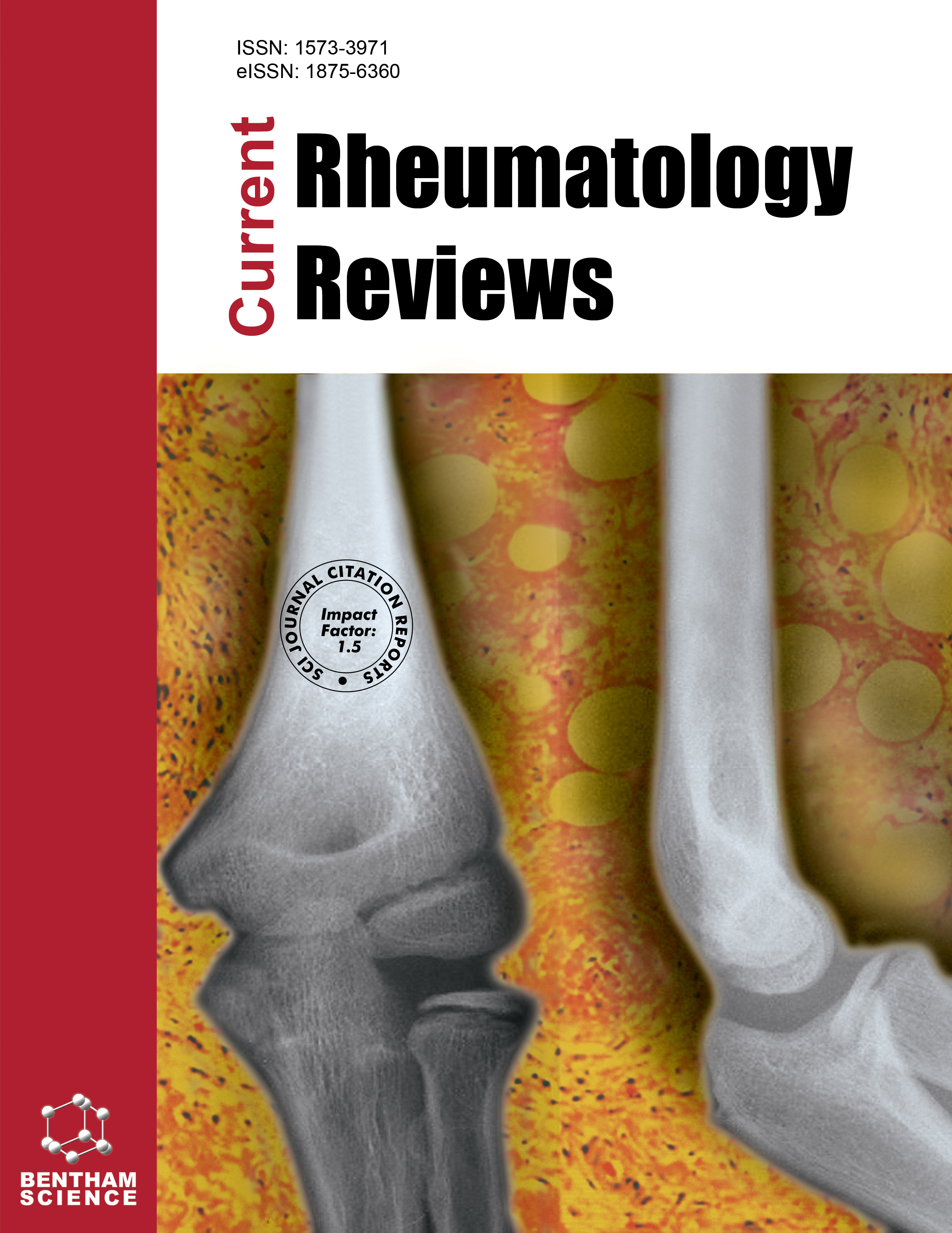-
s On the Mechanisms of Action of the Low Molecular Weight Fraction of Commercial Human Serum Albumin in Osteoarthritis
- Source: Current Rheumatology Reviews, Volume 15, Issue 3, Aug 2019, p. 189 - 200
-
- 01 Aug 2019
Abstract
The low molecular weight fraction of commercial human serum albumin (LMWF5A) has been shown to successfully relieve pain and inflammation in severe osteoarthritis of the knee (OAK). LMWF5A contains at least three active components that could account for these antiinflammatory and analgesic effects. We summarize in vitro experiments in bone marrow–derived mesenchymal stem cells, monocytic cell lines, chondrocytes, peripheral blood mononuclear cells, fibroblast-like synoviocytes, and endothelial cells on the biochemistry of anti-inflammatory changes induced by LMWF5A. We then look at four of the major pathways that cut across cell-type considerations to examine which biochemical reactions are affected by mTOR, COX-2, CD36, and AhR pathways. All three components show anti-inflammatory activities in at least some of the cell types. The in vitro experiments show that the effects of LMWF5A in chondrocytes and bone marrow– derived stem cells in particular, coupled with recent data from previous clinical trials of single and multiple injections of LMWF5A into OAK patients demonstrated improvements in pain, function, and Patient Global Assessment (PGA), as well as high responder rates that could be attributed to the multiple mechanism of action (MOA) pathways are summarized here. In vitro and in vivo data are highly suggestive of LMWF5A being a disease-modifying drug for OAK.


